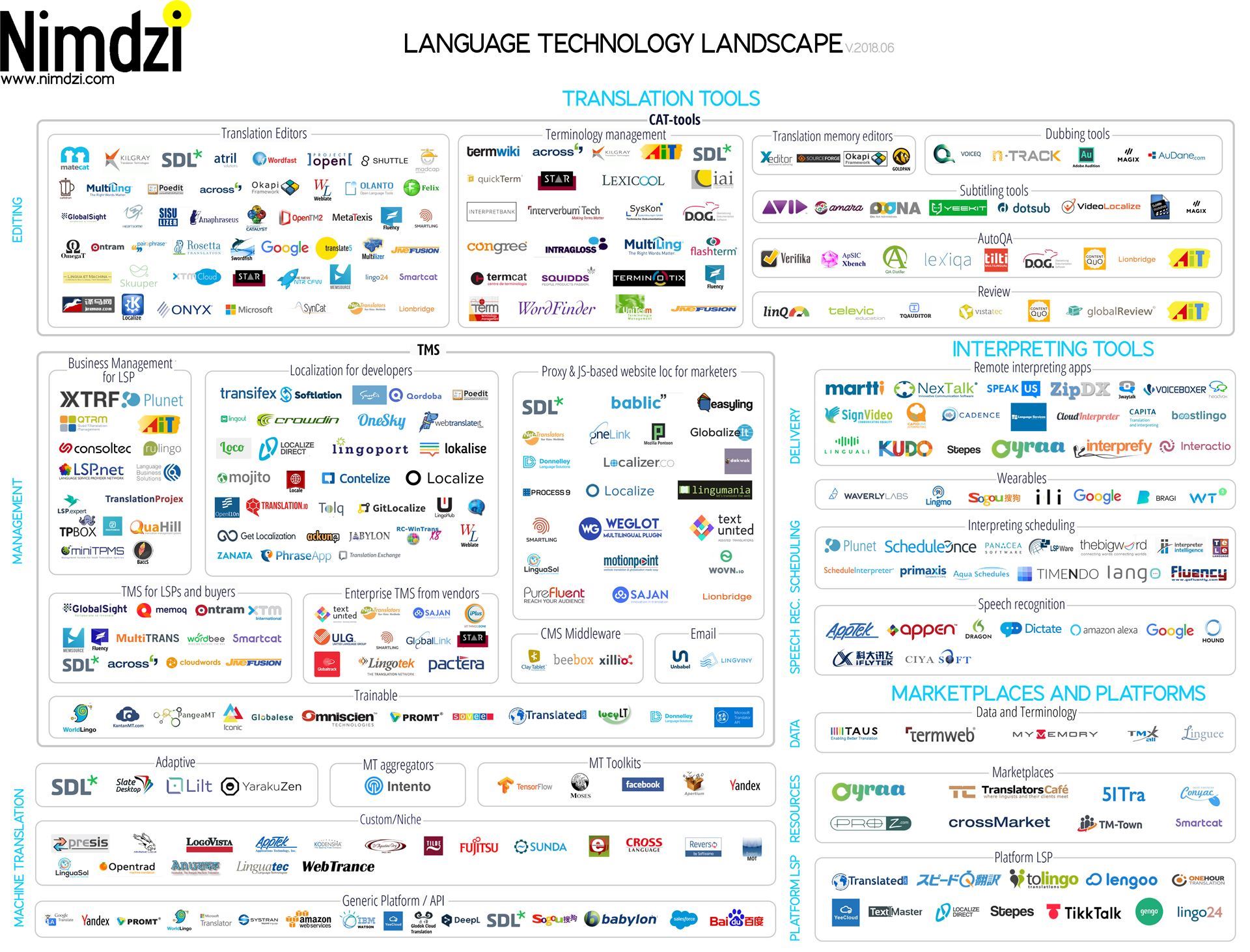Home > The Industry > Language Technology
Language Technology
Technology: Essential for the Industry
Language technology is a strategic and fundamental sector of the industry. The Canadian Language Industry Association promotes technological innovation and the adoption of language technology to help retain Canada’s competitive advantage with respect to global language initiatives. It also promotes identifying, understanding and addressing the needs of the sector’s end-clients in Canada and the global market.
With the translation and training sectors struggling to address industry growth rates of up to 25% per year, there is a greater need to develop and adopt new and more efficient technologies.
The Canadian Language Industry Association facilitates information sharing and supports networking activities by organizing events and activities that encourage information exchanges between developers and industry stakeholders.
The language technologies sector can be broken down into the following main areas:
- Automated translation, computer aided translation and terminology tools
- Digital content management (creation, revision, cultural and linguistic adaptation, discovery, reuse, document management and broadcasting)
- Speech processing (voice recognition, speech biometrics and text-to-speech conversion)
- Language e-learning (static content, interactive content and adaptive content)
- Adaptive Technologies (accessibility)

Information is paramount in our interconnected world. Billions of websites and webpage contain content that can be mined for all kinds of uses. Increasingly, businesses, large and small, also want to know what is being said about them on the Web and in the social media.
Web 2.0, also called Participative (or Participatory) and Social Web, emphasizes user-generated content, usability (ease of use, even by non-experts), and interoperability (this means that a website can work well with other products, systems, and devices) for end users.
(https://en.wikipedia.org/wiki/Web_2.0)
We moved from RBMT (Rule based machine translation) to SMT (Statistical machine translation) which is being replaced by neural machine translation (NMT). SMT used a database of previously translated materials to function while NMT will be able to find and create its own translation. Researching and searching for content, NMT will be able to learn from its errors until it finds the correct translation, with little need for human assistance at speeds that can meet the demand for instant information.
For more information visit
https://en.wikipedia.org/wiki/Machine_translationhttps://en.wikipedia.org/wiki/Neural_machine_translation
https://en.wikipedia.org/wiki/Google_Neural_Machine_Translation
